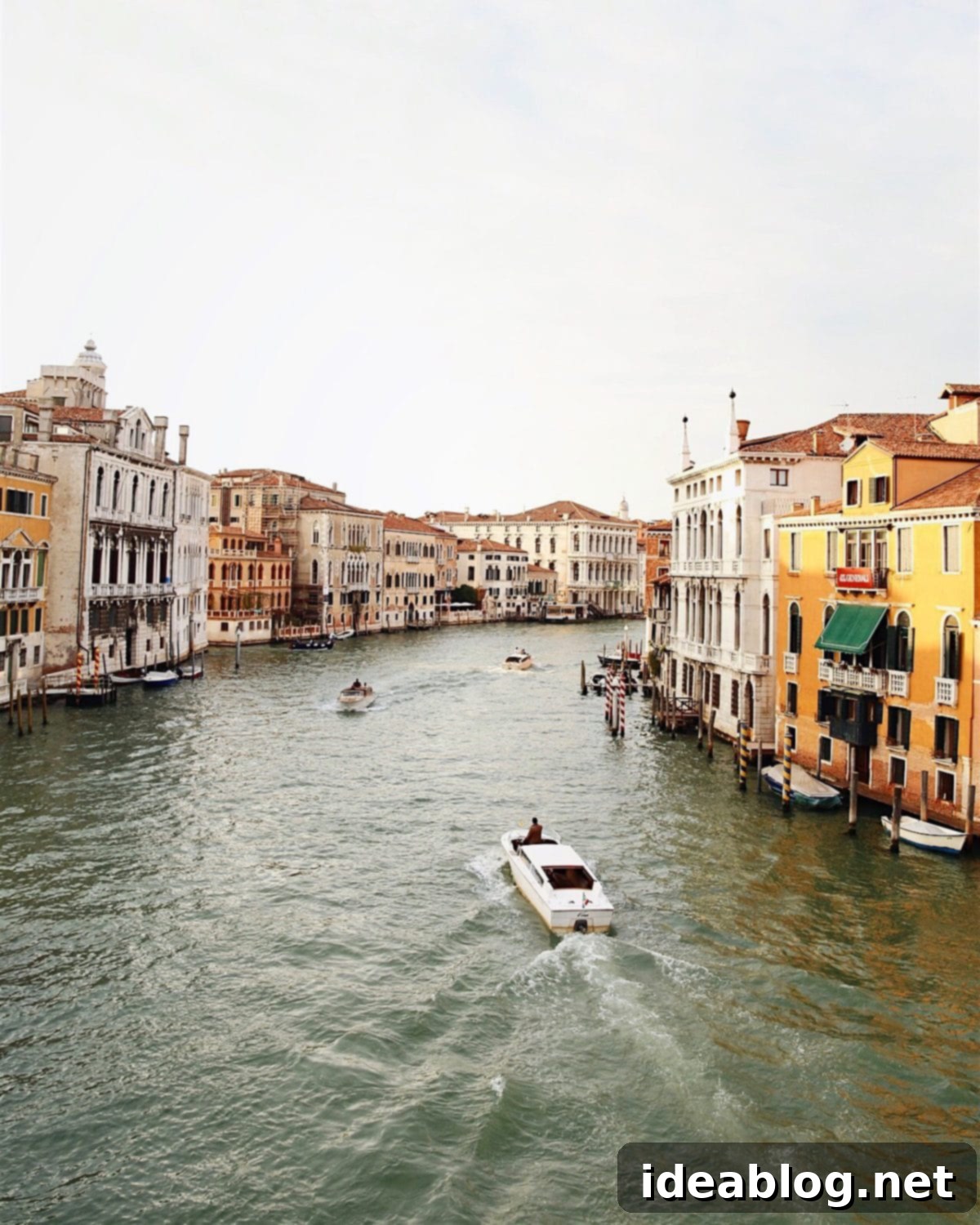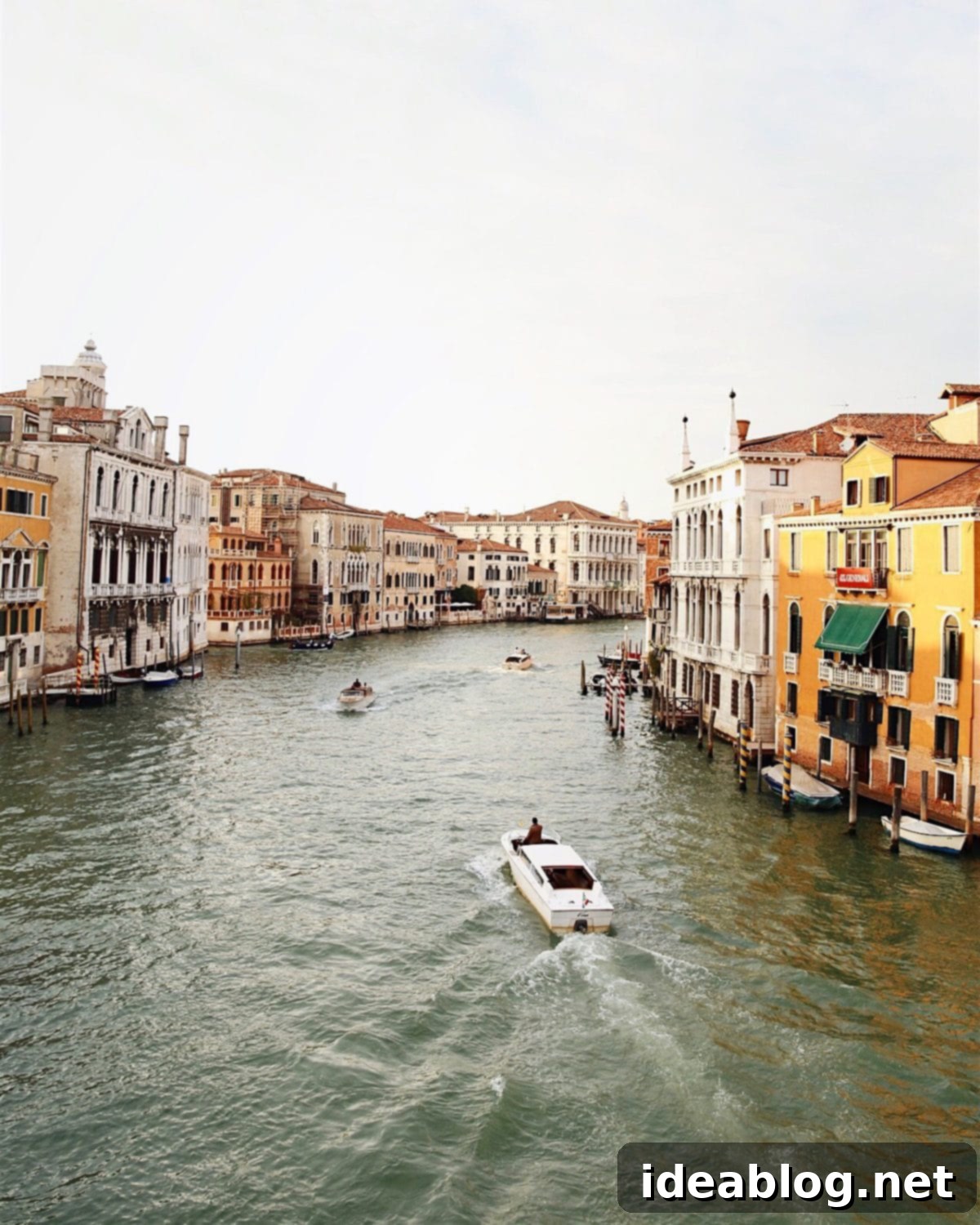Exploring Europe’s Waterways: From Venice’s Romantic Canals to Amsterdam’s Historic Grachten

Hello, dear readers! We’re popping in quickly from our latest European adventure to share a truly unforgettable experience. After four breathtaking days immersed in the timeless beauty of Venice, we’ve just arrived in the vibrant city of Amsterdam. It has been an utterly fascinating journey to explore two of the world’s most iconic canal cities back-to-back, offering a unique perspective on how water can shape urban life, culture, and history in profoundly different, yet equally captivating ways.
Our time in Venice felt like stepping into a living, breathing postcard. From the moment we disembarked and saw the intricate network of waterways replace traditional roads, we knew we were in for something special. The absence of cars creates an almost surreal tranquility, punctuated only by the gentle lapping of water against ancient stone, the melodic calls of gondoliers, and the distant chimes of church bells. Every turn presented a new vista, a hidden bridge, or a charming alleyway leading to an unexpected square. It’s a city that truly encourages you to get lost, to wander without a map, and to discover its magic in your own time.
Venice: A Symphony of Stone and Water
Venice, or La Serenissima, as it’s affectionately known, captivated us with its unparalleled romance and rich history. Our days were filled with classic Venetian experiences, starting with a serene gondola ride along the Grand Canal. Gliding beneath the magnificent Rialto Bridge, past opulent palaces, and through narrow, sun-dappled back canals felt like a dream. Our gondolier, with his striped shirt and impressive singing voice, shared snippets of local history and anecdotes, adding an authentic touch to an already iconic journey. The perspective from the water is truly the best way to appreciate the city’s unique architecture and how seamlessly it integrates with its aquatic environment.
Beyond the canals, we spent hours exploring the bustling Piazza San Marco, admiring the intricate Byzantine mosaics of St. Mark’s Basilica and the grandeur of the Doge’s Palace. Ascending the Campanile offered panoramic views of the city, stretching out towards the lagoon, a breathtaking tapestry of terracotta roofs, shimmering water, and distant islands. We savored traditional Venetian cicchetti – small, delectable snacks similar to tapas – at a local bacaro, accompanied by a refreshing Aperol Spritz, watching the world go by from a quiet corner in Cannaregio. The culinary scene in Venice is a delight, from fresh seafood pasta to creamy risotto and, of course, countless scoops of artisan gelato.
One of our favorite activities was simply strolling through the labyrinthine calli and campi (alleys and squares), discovering artisan workshops where glassblowers crafted exquisite Murano glass and mask makers meticulously designed their ornate creations. The scent of fresh coffee mingled with the salty air, creating an atmospheric blend that is uniquely Venetian. Every bridge, every archway, every peeling fresco on a centuries-old building told a story, hinting at the vibrant past of this maritime republic. The light in Venice is particularly magical, especially at dawn and dusk, casting golden hues over the water and creating stunning reflections that dance across the ancient facades. It’s a city that truly lives up to its reputation as one of the most beautiful and unique destinations on Earth, leaving an indelible mark on our memories.
Transitioning to Amsterdam: Europe’s Other Canal Gem
Leaving Venice was bittersweet, but the anticipation of Amsterdam quickly took over. The journey between these two European jewels offered a fascinating contrast, both geographically and culturally. While Venice is a city entirely defined by its water, almost floating on the lagoon, Amsterdam’s canals, or ‘grachten,’ are more integrated into a bustling, bicycle-centric urban landscape. We’re excited to delve into the Dutch capital’s distinctive charm, where historic gabled houses line tree-shaded waterways and houseboats offer a unique living experience. The transition from the romantic stillness of Venice to the energetic hum of Amsterdam promises another rich tapestry of experiences.
Our initial impressions of Amsterdam are already confirming its unique allure. The wide, concentric canals, bustling with tour boats and private vessels, give the city a completely different rhythm. We’re looking forward to exploring its world-class museums, such as the Rijksmuseum and the Van Gogh Museum, and experiencing the poignant history preserved in the Anne Frank House. Cycling is clearly the preferred mode of transport here, and we can’t wait to rent bikes and navigate the charming streets and picturesque bridges, soaking in the local atmosphere. The architecture, though different from Venice’s Venetian Gothic style, is equally stunning with its elegant gabled facades and narrow, tall buildings that reflect centuries of mercantile history.
The Enduring Appeal of Canal Cities
Exploring Venice and Amsterdam back-to-back has given us a profound appreciation for the enduring appeal of cities built on water. Canal cities are more than just aesthetically pleasing; they are testaments to human ingenuity, adapting to and harnessing nature to create thriving urban centers. Water, in these cities, is not merely a feature but an integral part of their identity, influencing everything from transportation and trade to architecture and daily life. It creates a sense of tranquility and a unique relationship between residents and their environment that you simply don’t find in landlocked cities.
Historically, canals served vital purposes, acting as arteries for trade, defense mechanisms, and effective waste management systems. Today, while some of these functions have evolved, the romantic and practical aspects of canal living persist. They offer a slower pace of life, a natural conduit for community, and a constantly changing canvas of reflections and light. Whether it’s the gondolas silently navigating Venetian alleys or the vibrant houseboats moored along Amsterdam’s Grachten, these waterways foster a deep connection to the past while providing a picturesque backdrop for contemporary life. The sheer effort and creativity involved in building and maintaining these hydraulic cities across centuries is awe-inspiring.
From the romantic whispers of Venice to the lively hum of Amsterdam, these two cities stand as magnificent examples of how water can define and enrich urban existence. Each has its own distinct personality, forged by unique historical circumstances and cultural expressions, yet both share that fundamental connection to their waterways that makes them truly extraordinary global destinations. Their canals are not just channels of water; they are pathways into their very souls, offering travelers an unforgettable journey into their respective histories and vibrant presents.
We’ll be back next week to share our weekly favorites, perhaps with some insights from our Amsterdam explorations! For now, we wanted to quickly share this update. On a more personal note, my thoughts are with everyone back home in the wake of this week’s news. Wishing you all strength and peace.
Much love to you all.
